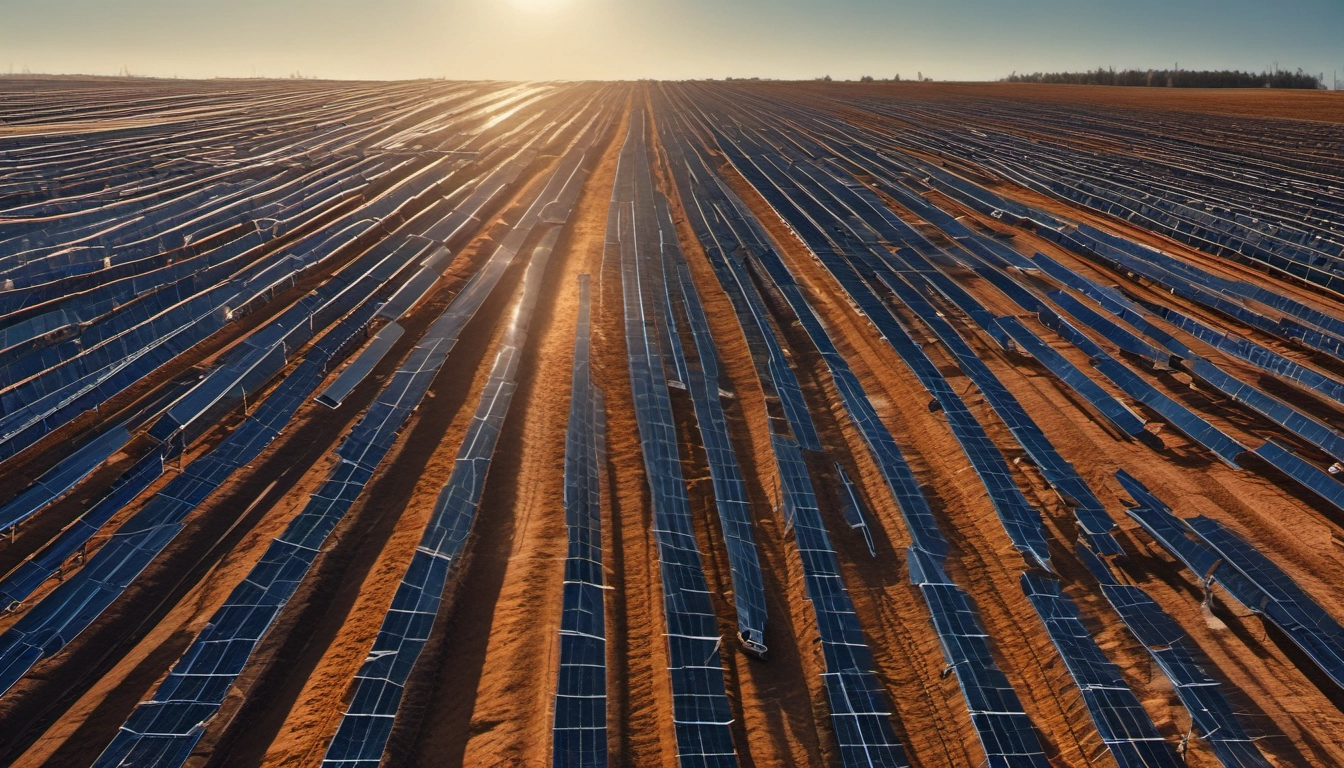Ivanpah Solar Closure: Failure or Progress?
Ivanpah closed because concentrated solar was outpriced by cheaper PV. This is market evolution, not solar's collapse.

Short answer
The Ivanpah Solar Power Facility is closing because its older concentrated solar technology costs more than modern photovoltaic (PV) panels and lost its main buyer. This is not a sign that solar is failing; it is a market shift where cheaper tools replace older ones.
Why was Ivanpah built?
The Ivanpah plant opened in 2014 using concentrated solar power (CSP). CSP uses thousands of mirrors called heliostats to focus sunlight on tall towers and make heat to drive turbines. It was big, costly, and visible. The project got government loan guarantees and attention because it tried a new approach at utility scale. For background see PV Magazine and the Wikipedia entry on Ivanpah.
What caused Ivanpah to close?
- Higher costs than PV: Over the last decade, PV panel prices fell fast, and PV plants produce cheaper electricity per megawatt-hour. Utilities choose lower costs.
- Contracts ended early: Pacific Gas & Electric pulled two power purchase agreements (PPAs) to save money, forcing NRG Energy to plan shutdowns of two units in 2026. See Renewable Energy World.
- Environmental and operational issues: CSP can pose bird risks and needs water and maintenance. Environmental groups reported wildlife harm, and those concerns added pressure. Read the Associated Press summary via EHN.
CSP vs PV: Why PV won
Here is a simple comparison to see why PV became the dominant choice for new solar projects.
| Feature | CSP (Ivanpah) | PV (Modern panels) |
|---|---|---|
| How it makes power | Mirrors focus heat to run turbines | Panels convert sunlight to electricity directly |
| Typical cost (LCOE) | Higher at utility scale | Lower and falling fast |
| Water use and complexity | Higher water and moving parts | Lower water need, simpler |
| Wildlife impact | Higher collision and heat risks | Lower but still land-use concerns |
| Best use | Where heat storage is needed | Most utility and rooftop projects |
Data point: modern PV systems often beat CSP on cost, with PV LCOE declines of more than 70% since 2010 in many markets. Practical implication: utilities favor PV because it lowers electricity bills for customers.
How this fits the bigger picture
- Market correction, not total failure. Technologies rise and fall. Governments fund new ideas to learn what scales. Ivanpah showed CSP at scale, and the industry learned from it.
- Policy and permits matter. Other big projects on public land faced cancellations or delays, like the Esmeralda 7 reviews, which change how utilities plan future builds. See reporting in PV Magazine and coverage in The New York Times.
- Public funding still useful. Early bets can be costly but help move technology forward. Investors and policymakers now weigh those risks differently.
What it means for investors, policy makers, and communities
For investors: expect fast change. Favor flexible projects that can switch technology or add storage. For policy makers: design grants and permits that encourage competition and protect wildlife. For local communities: closures can mean job changes but also opportunities to repurpose sites, for example replacing towers with PV arrays.
Next steps for the Ivanpah site
- NRG Energy plans to decommission two units and may repurpose the site for PV panels that cost less to run. See Wikipedia.
- Regulators must approve contract changes and decommission plans.
- Wildlife monitoring and land restoration will be part of any reuse plan.
Common questions
Did Ivanpah hurt wildlife?
Yes, reports showed bird deaths and desert habitat impacts. That made the project controversial and influenced public views.
Does this mean solar is a bad investment?
No. PV growth and falling costs show solar remains a strong investment, but not all technologies or projects succeed. Investors now pick lower-cost, lower-risk options.
Will CSP disappear?
Not entirely. CSP with thermal storage can still be useful where long-duration heat-based storage is needed, but it will likely be a smaller niche compared with PV.
Bottom line
Ivanpah's closure is a moment of change, not the end of solar. It is a market choosing cheaper, simpler tools. The lesson: public support for new ideas matters, but so does honest accounting of costs, wildlife impacts, and long-term value. For more reporting and timelines, read the original PV Magazine piece at PV Magazine and industry coverage in Renewable Energy World.


